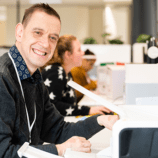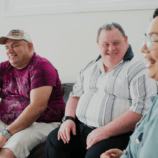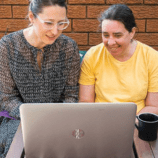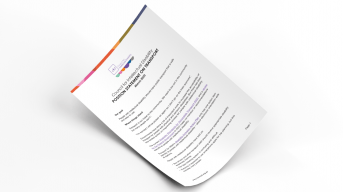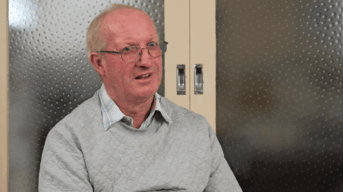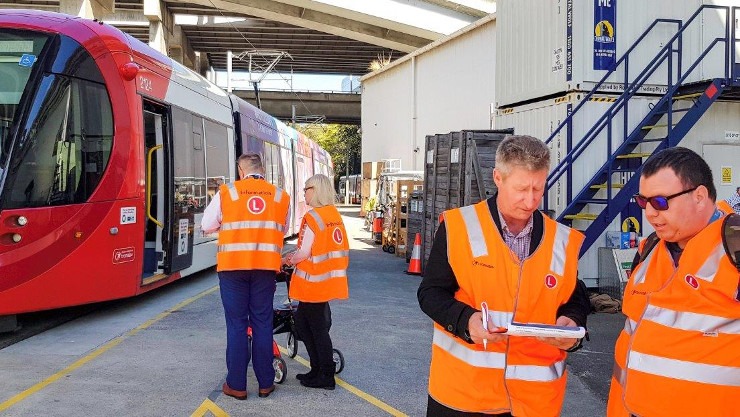
Making public transport inclusive for everyone
Myra* is scared to catch a bus. She doesn’t feel safe. With no other way of travelling outside her regional town, she feels isolated from friends.
It hasn’t always been this way. Myra, who has an intellectual disability, used to take the bus regularly to visit friends and go on outings.
But one day she was verbally abused and called names by another passenger. Myra asked the bus driver for help, but he didn’t do anything. She was so upset by this experience she doesn’t take the bus any more.
Sadly, Myra’s story is not unique. People with intellectual disability tell us about the many difficulties they experience on public transport. Some of the things they say are:
- Transit officers often do not understand how to interact with people with intellectual disability.
- Transport Information is hard to understand.
- Ticketing systems like Opal are confusing.
- People are expected to use smartphone apps, but not everyone has a smartphone.
Too often our public transport systems exclude people with intellectual disability.
Accessible transport is a right
For many people with disability public transport is the only option to access the community, socialise and participate.
As CID member Anthony Mulholland says, “Transport is important to us because it is our ticket to the world”.
The Convention on the Rights of Persons with Disabilities states that people with disability should have equal access to transport. But often, Australia’s public transport doesn’t take into account the needs of people with intellectual disability. This needs to change.
What we are doing
We believe people with intellectual disability should have public transport that is safe and easy to use.
Transport staff need to be trained to be patient, polite and compassionate, as their advice often has safety implications for people with intellectual disability.
We need signs and information to be made more accessible and include more appropriate pictograms.
There must be staff available to help on transport infolines and at stations.
And though governments are doing some good work to improve transport accessibility, too often we find that new public transport infrastructure is not accessible to people with intellectual disability. Planners must include people with disability from the beginning to ensure public transport is fully accessible.
We are working with governments, other advocates and people with disability to make our public transport more inclusive. Read about our work in our position statement on transport.
Find out more
- Our transport issues page
- Our Don’t leave us behind Sydney Metro campaign
* Not Myra’s real name



 1800 424 065
1800 424 065 





